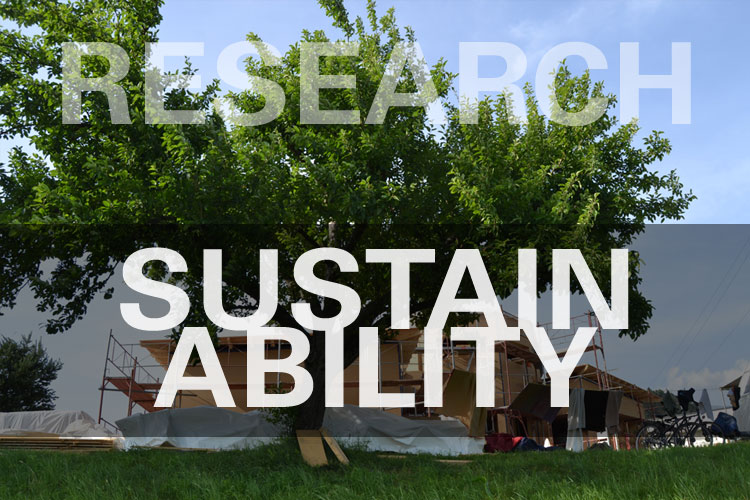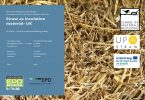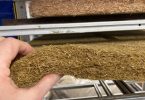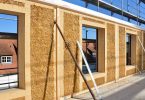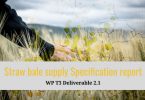In the present scenario, the need for sustainable solutions is increasing, as our world is facing various difficult challenges. Due to the effects of global warming and the exhaustion of natural resources, the importance of low-impact construction alternatives is increasing. A great amount of energy is consumed in the production of building materials, and conventional construction is responsible for it, due to which the natural resources are being drained. Construction alternatives have promising potential for the construction industry’s needs, to introduce natural renewable materials that offer low impact and low embodied energy. This paper emphasizes Straw bale construction, by undertaking an embodied energy analysis.
The purpose of writing this paper is to study existing construction materials, in order to understand the impact they pose on the environment. The materials with higher embodied energy affect the environment in a negative way, which require more resources, and most likely cause more waste to be discharged along the production line.
Author:
Gupta, Monika Shekhar
Link: https://www.academia.edu/39298982/STRAWBALE_CONSTRUCTION_-A_LEAST_EMBODIED_ENERGY_MATERIAL

